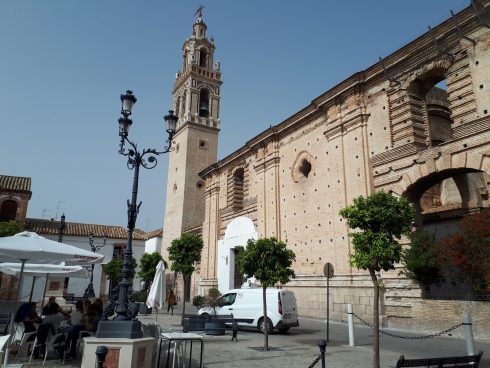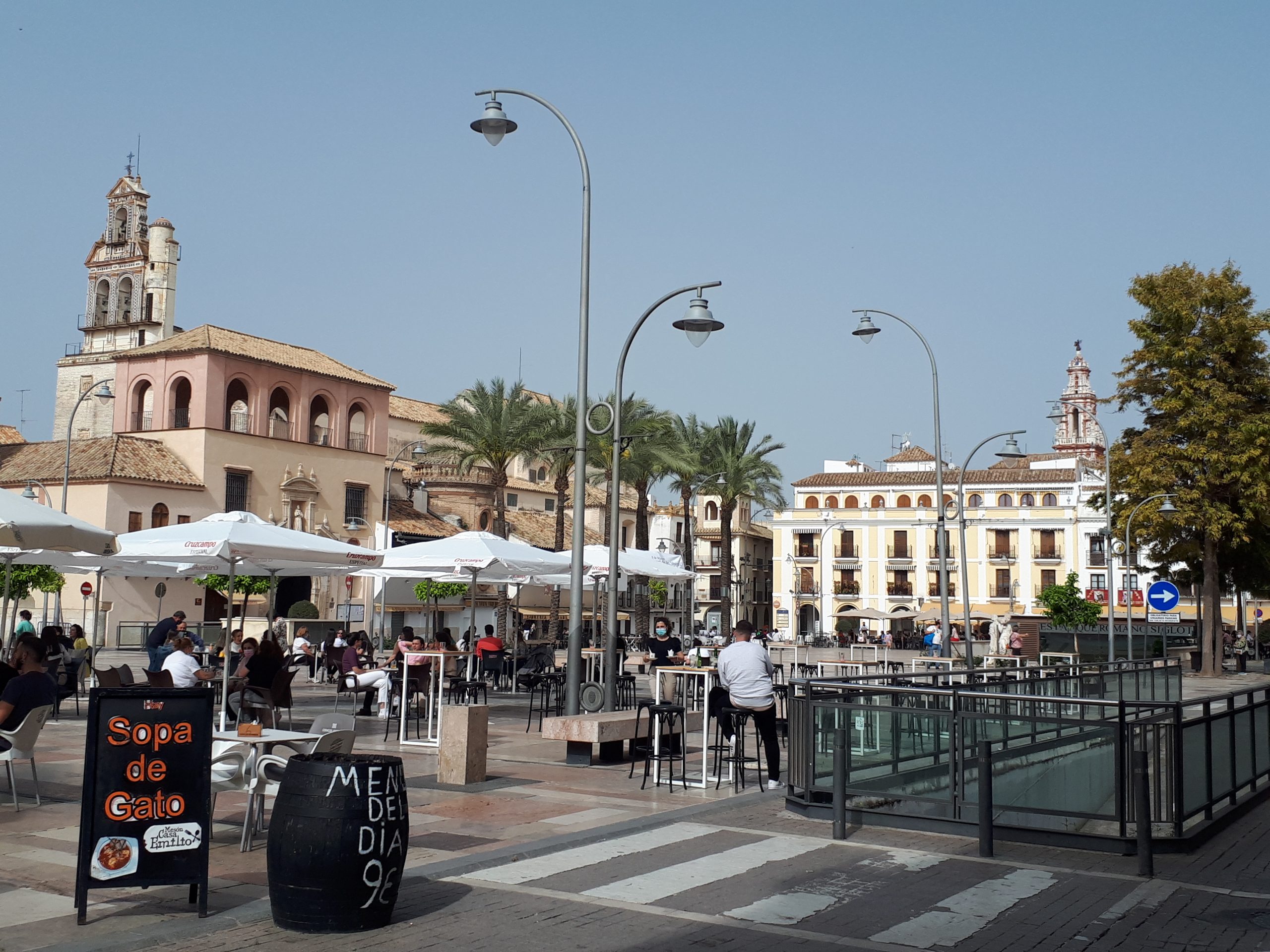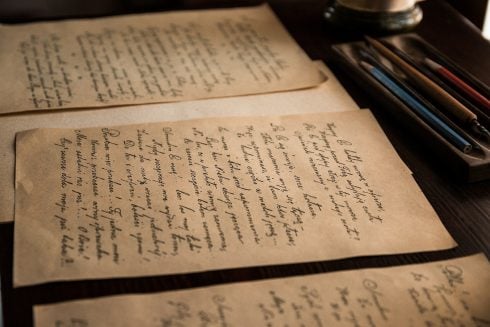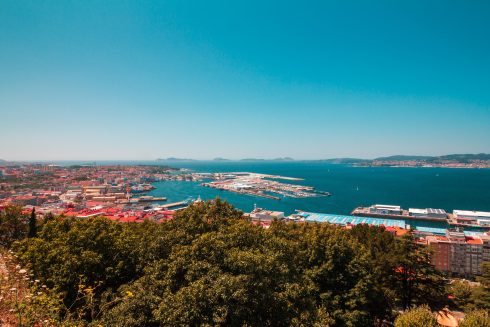IT is known as ‘El Sarten’, the frying pan of Spain because it’s location in a dip surrounded by the olive groves of La Campina means it regularly records the hottest temperatures in southern Europe.
But Ecija is also dubbed the ‘City of Towers’ and ‘City of Palaces’, no surprise when you see the skyline interrupted by several dozen towers, some with detailed ceramic work and usually topped by a stork nest.

Located 85km from Sevilla, a visit to this gem of a town is like stepping back in time. And if you are struggling under the weight of tourism in the provincial capital, or nearby Cordoba, you certainly won’t be here: It’s unlikely you’ll hear a single English accent, even after COVID.
Narrow cobbled streets, white-washed houses and alluring porticos reveal glimpses of bloom-filled patios within. While avenues are lined by orange trees, their blossom filling the air with the powerful scent that screams this part of Andalucia.

Once an important Roman settlement known as Astigi on the via Augusta, or A-4, the longest and busiest Roman road in ancient Hispania, the town became Madinat al-qutn (City of Cotton) when it fell under Arab rule in 711 and was renamed Ecija when Christian settlers moved in after the reconquest in 1240.
This is the place to visit churches, even just to raise your eyes to admire towers such as Las Gemelas (the twins) of the Iglesia de la Purísima Concepcion or the exquisite triple bell tower of Iglesia de San Juan.

For fans of the Baroque style, don’t miss a visit to the Church of Limpia Concepcion with its fabulously ornate plasterwork ceiling, decoration that was added in the 18th century and the Iglesia de los Descalzos with an altarpiece which is said to rival that of Sevilla’s cathedral.
Then there’s the palaces. In the 18th century the city was home to 40 noble families whose patronage saw Ecija transformed under a golden age that is still possible to see glimpses of today, with some open to the public.
At the Palacio de los Palma the rooms are preserved as they were in its heyday with all the original furniture, while Palacio de Peñaflor is the place to marvel at frescos – some of the best in Spain – stretching across 60 metres of its exterior walls.

The Palacio de Benamejí is home to the tourist office, a good courtyard restaurant Las Ninfas (with its Roman statues) and the Museo Histórica which boasts a series of breathtaking mosaic floors from Roman times.
It also houses the 2,000-year-old Amazona Herida, a perfectly preserved statue which was discovered in 2007 when digging out a car park under the city’s Plaza España.
Dine out with locals at one of the many restaurant terrazas in Plaza España or around the fountain in Plazuela de Santa Maria or grab a table on the little Plaza del Nuestra Señora del Valle and enjoy views across to the magnificent half ruined Iglesia de Santa Cruz, which was damaged in the Lisbon earthquake of 1755.

WHAT TO EAT
Typical dishes to try in Ecija are mollete bread – a sort of cushiony white bun – Manteca colora, a red lard flavoured with spices and paprika and spread on bread, and Espinacas Labradas, locally grown spinach cooked with garlic. Meanwhile try the local specialty of Sopa de Gato, which despite the name does not actually contain cat, but is soup with vegetables, egg and cheese and stale bread.
READ MORE:
- Sevilla: Guide to visiting Spain’s most romantic city
- Top five dining spots in Sevilla: Where to eat and soak up the Spanish dining experience in the capital of Andalucia
- Visit our travel guide section for more about Sevilla
Click here to read more Olive Press Travel News from The Olive Press.








